Category: Bridges
-
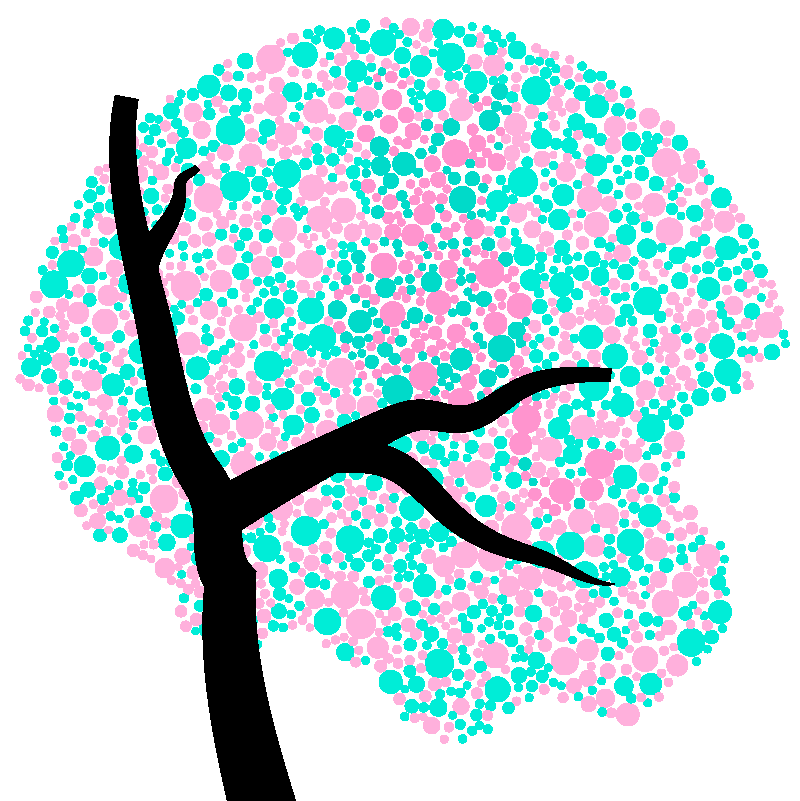
I’ve always loved the Ishihara tests (pages printed with patterns of coloured dots, used to diagnose different forms of colour vision deficiency, or CVD). They’re beautiful works of graphic design. Years ago I bought a used copy of a complete set of tests, and framed some of them to hang in my house. Reflecting on…
-
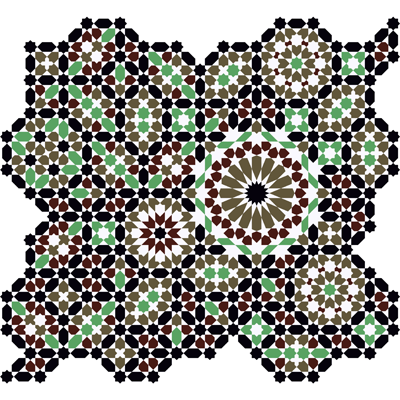
Procedurally generated Zellij compositions. Click on the drawing and press the space bar to generate a new composition. Press the ‘s’ key to download an SVG file. Yes, I am somewhat ashamed to admit that a couple of years ago, I experimented with NFTs. Look: I was younger then, and I didn’t always make the…
-
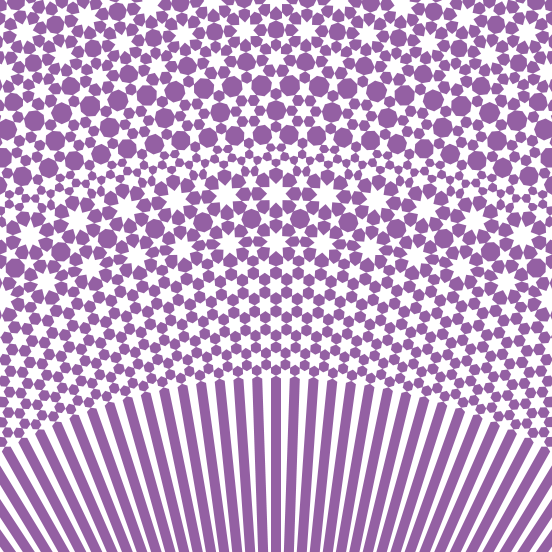
This is the second of two posts about papers that will appear at the Bridges 2021 conference. This paper is related to Islamic geometric patterns, and was co-authored with John Berglund. In this case I played a supporting role. The core ideas are very much due to John; I contributed a few bits here and…
-
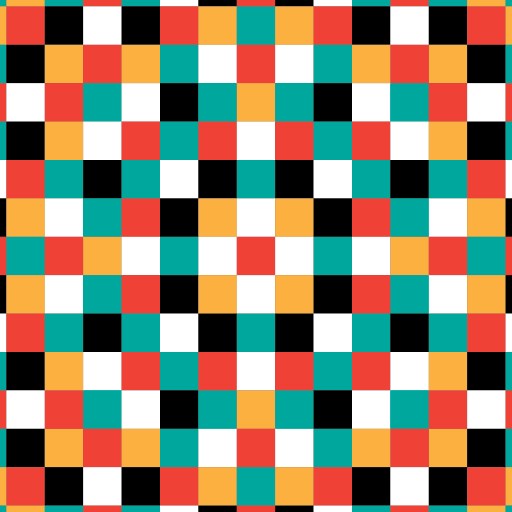
Tilings like these, based on alternating arrangements of squares and rhombs, are ancient. And in the twentieth century, a few people experimented with this hinged motion. I particularly like the essay by Duncan Stuart, then a student at the UNC School of Design, though the most famous use of this mechanism was probably Buckminster Fuller’s…
-
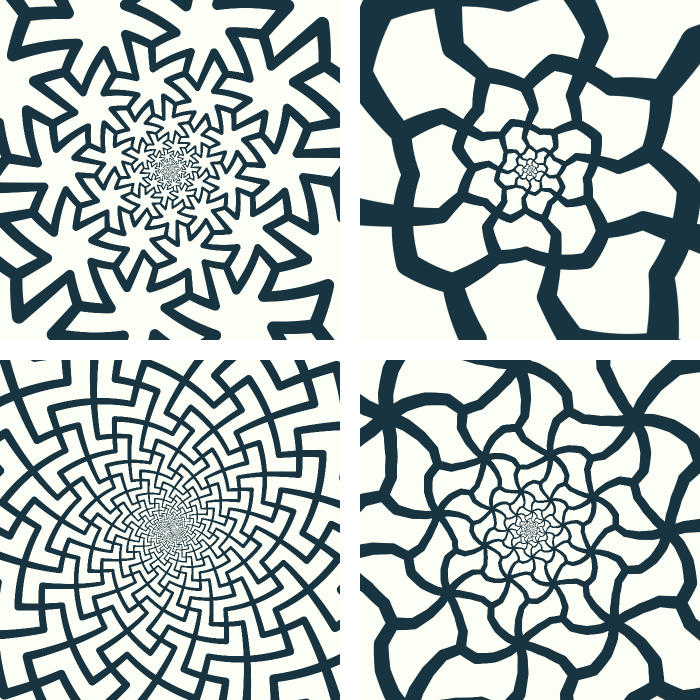
The artist M.C. Escher drew many lovely tilings, which he called “regular divisions of the plane”. He worked hard to ensure that his tilings were of lifelike animal forms such as birds and fish. He filled notebooks with hand-drawn sketches of tilings, many of which later found their way into his woodcuts. If you’d like…
-

At least year’s Bridges Conference in Stockholm, I attended a short presentation by Susan Goldstine about “self-diagramming lace”. As motivation for the new work she was presenting, Susan referenced her paper from the year before on what she calls “symmetry samplers”. Samplers are an old tradition in fibre arts. A symmetry sampler combines small swatches…
-

Anybody who has attended a Bridges conference in past ten years will be familiar with the work of Rinus Roelofs. His talks always offer an entertaining contrast: stunning and inspiring ideas in the intersection of geometry and art, balanced with his humble, low-key delivery. It was also Rinus who suggested that I try Rhino3D for…
-
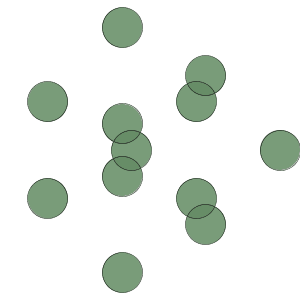
I’ve been having fun experimenting with interesting visual patterns that emerge when multiple points are moved around hypocycloids. I ended up writing a Bridges conference paper on the topic, but the animated quality of the results is so crucial that it seemed absolutely necessary to create a web page to showcase the results. I had…
-
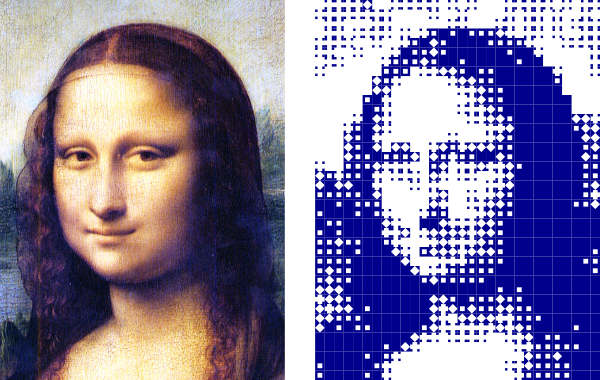
Fold a square of origami paper in half, unfold, fold it in half the other way, and unfold. Now fold the corners to the centre. Turn it over and repeat. You may be reminded of folding what’s often called a cootie catcher or fortune teller. You end up with the leftmost module in the picture above: a half-size…
-
Last year, shortly before the opening of the 2013 Bridges conference in Enschede, I launched The Bridges Archive, a comprehensive repository of every paper ever published in Bridges. This was the first major step forward in a project that was more or less inaugurated in 2009, when participants in that year’s conference agreed that we…

